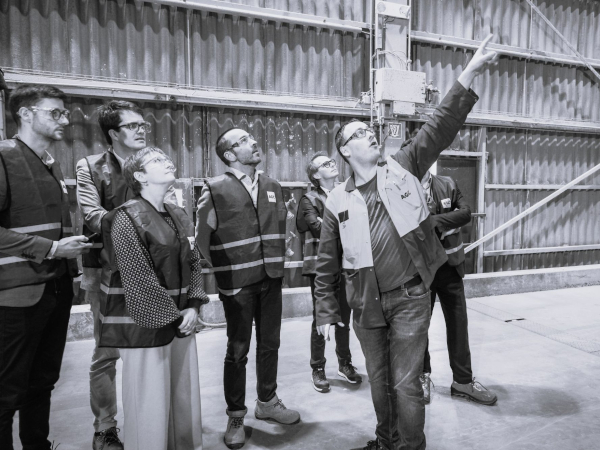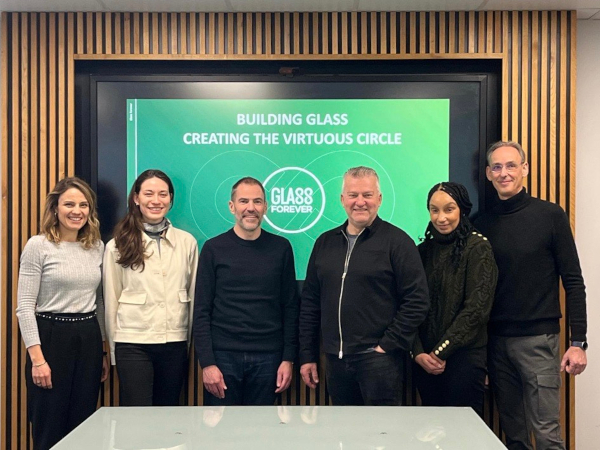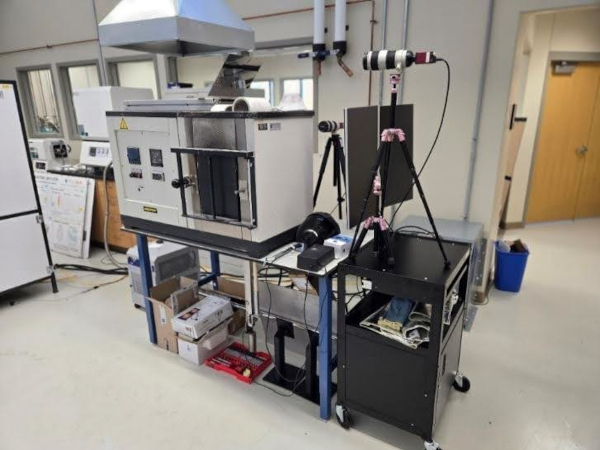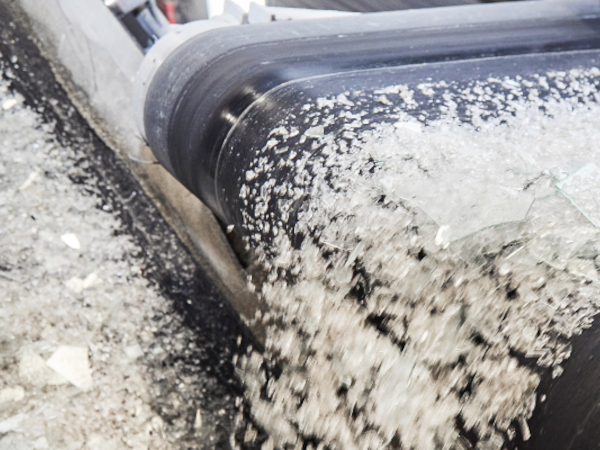Date: 24 March 2014
At a time like this, when we've reached a point where energy savings and clean utilization of raw materials have become of vital strategic importance for industrial civilization in any region, the outstanding environmental compatibility of glass distinguishes it from other materials.In fact, when recovered and processed correctly, glass is actually characterized by total recyclability, which means significant energy savings during the melting phase.
The amount of raw materials required is drastically reduced: 100 kg of new product can be produced from 100 kg of recycled product, in comparison with the 120 kg of virgin raw materials required to produce the same amount of new product. Calculations show that using 80% recycled glass in the vitrifiable mixture results in an energy savings of 25%, while reducing CO2 emissions by 40%
(Source: Assovetro).
.jpg)
So it becomes quite interesting to understand how glass recycling is done, what the current situation is and what its growth prospects are for the near future.
As occurs for all materials, glass waste has various origins which can be classified as industrial waste, household waste and other. Industrial waste is essentially production scraps, usually broken or defective products which are not intended for distribution, so they are recycled directly in the factory. Glass household waste generally comes from separate waste collection, while other glass waste includes a major component from hospitals which, however, is subject to special tests and limitations. Once collected, glass waste must undergo a cleaning process that separates out any spurious elements (foreign matter; fragments of stone, ceramic, metal, magnetic material, etc.; lightweight substances such as paper, wood, etc.). After crushing and sifting, we have the so-called secondary raw material which can be melted directly for introduction into the production cycle. The uniqueness of glass waste is that it can be reused and then remelted countless times, and this is precisely why it provides the significant energy savings described above. Truly efficient recycling enables separation of the various colors of glass: green, yellow and white.
We're getting to that point, even in Italy, although with some difficulty.
The current glass recycling rate in Italy has increased sharply, reaching close to 71% in 2012, far beyond the predictions of the last decade and reaching a total of over 1,500,000 tons. The best results are obtained in Northern Europe, with peaks as high as 96% in Austria, Belgium, the Netherlands and Switzerland (Source: FEVE). Generally the glass recycling sector proves to be highly dynamic throughout Europe, and we'll discuss this further in the upcoming issues of News Online.







Add new comment